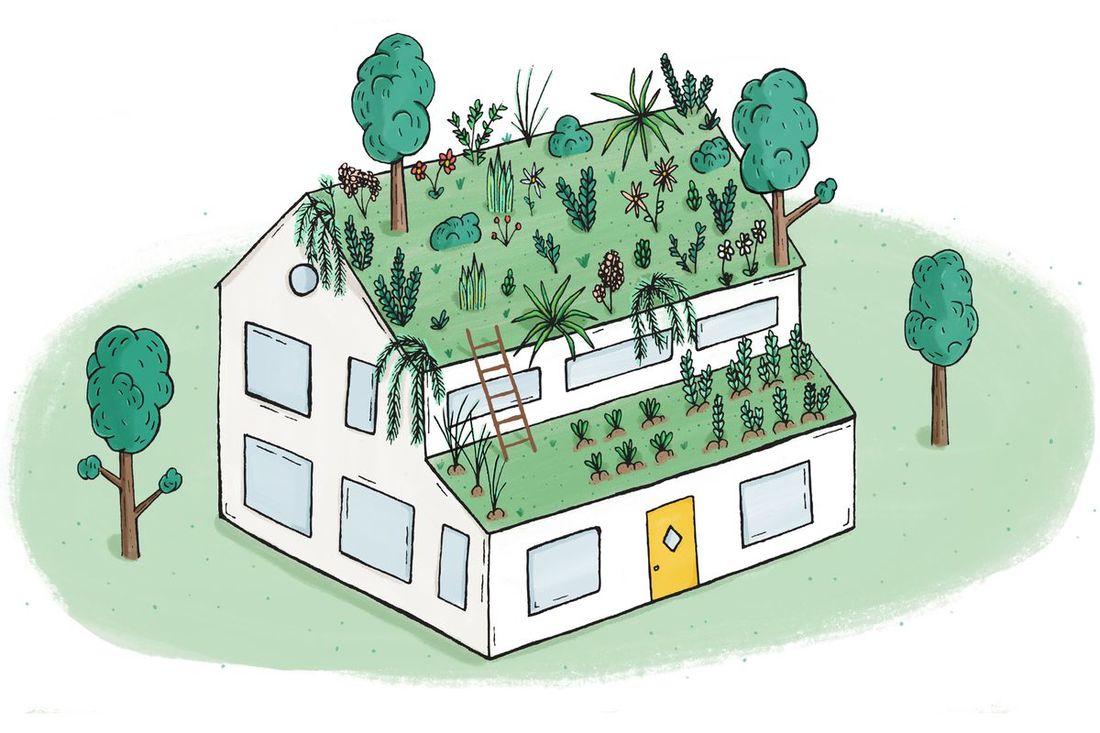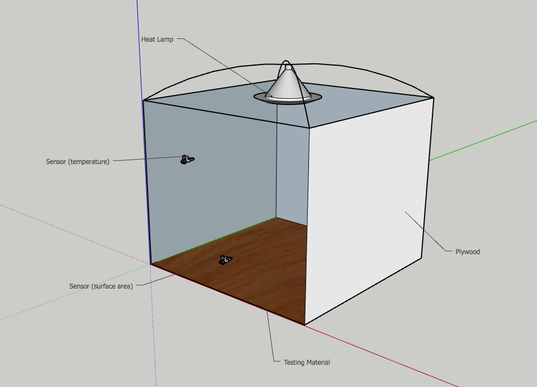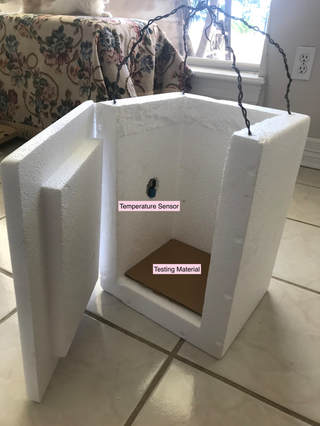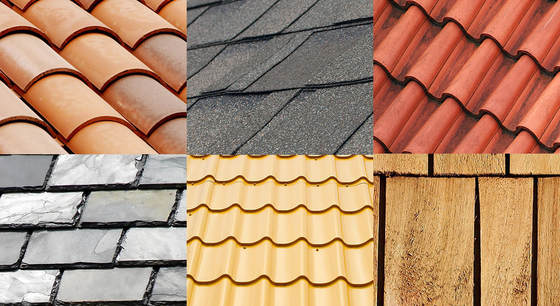-
Projects
- Environment Box
- Passive Refrigeration
- Water Cooling
- Fog Catching
- Roof Geometries
- Optimal Insulation
- Cooler Windcatcher
- Green Machine
- Mitigating Humidity
- Convective Air Flow
- Styrene Reuse
- Thermal Reflection
- ETFE Rigidification
- Phase Change Materials
- Polar Reflection
- Cavity Depth Variation
- Vapor Permeability
- Algae Facade
- Moisture Buffering
- Engineered Geometries
- Recycled Desiccant Materials
- Living Wall
- Solar Shading Facades
- SHADESin.reACTION
- Low-Fab Dehumidification
- Breathing Wall
- Urban Heat Island
- Acoustical Design
- Latent Heat of PCM's
- Insulative Qualities of Air
- About
- Lectures
- Assignments
- Workshops
- Syllabus
- Resources
Proposal
The Urban Heat Island Effect has become more notable over the past years as cities become hotter and hotter due to climate change. The accumulated and trapped heat in these cities affects public health and the comfort of residents, increasing their energy bills and fossil fuel emissions. Many studies have developed techniques to mitigate this issue. This project will focus on testing and modifying ordinary roofing materials to find the greenest solution.
Research Question
What type of materials performs best in maintaining low ambient temperatures levels throughout day and night and how does surface area and color differences affect it?
Two set of data will be collected:
Two set of data will be collected:
- ambient temperature data
- surface temperature data
Construction: Fabrication
Testing Materials
- wood
- concrete
- slate
- steel
- asphalt
- grass
- white and black painted wood
- white and black painted steel
- Others (any other common building materials)
Hypothesis: Materials with low thermal conductivity, low specific heat capacity, and low thermal mass, lighter in color and greater surface area have less effect on temperatures during the day and night time.
Three-part explanation of hypothesis:
Three-part explanation of hypothesis:
- Materials with high thermal conductivity means that they are good at transferring heat (most commonly metals). These materials have the greatest heating effect on daytime ambient temperature, but have cooling effects at night. On the other hand, materials with high heat capacity help regulate ambient temperatures in the day time but the heat is released on cooler nights.
- White is considered to have a higher albedo, meaning that more heat is reflective off of it, thus making the environment cooler. It is assumed that there would be a significant difference in temperature day and night in comparison to black-painted materials.
- Materials with greater surface areas, would have greater variations in temperature in day vs. night. It could reflect more heat or more quickly absorb heat, depending on the material type.








